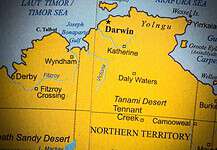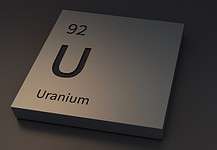Image: World Bank.
BY ELIZABETH FABRI
DEMAND for minerals and metals is expected to see significant growth in coming years as more renewable energy projects enter construction, a new World Bank report has found.
The Growing Role of Minerals and Metals for a Low-Carbon Future report looked at the types of minerals and metals expected to benefit from the development of low-carbon energy technologies, such as wind, solar, and energy storage batteries, as countries worked towards meeting their Paris Agreement targets.
Minerals and metals set for demand increases included aluminium, copper, lead, lithium, manganese, nickel, silver, steel, and zinc and rare earth minerals such as indium, molybdenum, and neodymium.
The form in which metal demand would increase was dependent on inter-technology choices, such as the balance between wind, solar power and batteries.
“The most significant example is electric storage batteries, where demand for relevant metals: aluminium, cobalt, iron, lead, lithium, manganese, and nickel – could grow by more than 1000 percent if countries take the actions needed to keep global warming at or below 2 degrees Celsius,” it stated.
World Bank senior director and head of the Energy and Extractive Industries Global Practice Riccardo Puliti said with better planning, resources-rich countries, like Australia, could take advantage of the increased demand to foster growth and development.
“Countries with capacity and infrastructure to supply the minerals and metals required for cleaner technologies have a unique opportunity to grow their economies if they develop their mining sectors in a sustainable way,” Mr Puliti said.
The report said based on current levels, Chile, Peru and potentially Bolivia would play a key role in supplying copper and lithium; Brazil would be a key bauxite and iron ore supplier, and India dominant in iron, steel and titanium.








































